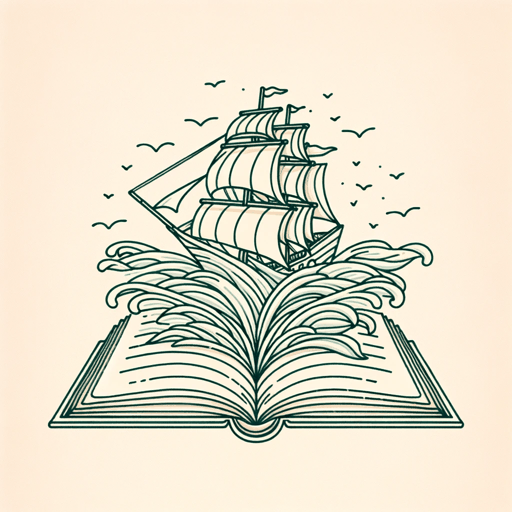35 pages • 1 hour read
Emily DickinsonIf you were coming in the fall
Fiction | Poem | Adult | Published in 1890A modern alternative to SparkNotes and CliffsNotes, SuperSummary offers high-quality Study Guides with detailed chapter summaries and analysis of major themes, characters, and more. For select classroom titles, we also provide Teaching Guides with discussion and quiz questions to prompt student engagement.
Introduction
“If you were coming in the Fall”
- Originally Published: 1890
- Form/Meter: Lyrical ballad; 5 quatrains; alternating lines of iambic tetrameter and iambic trimeter
- Literary Devices: Metaphor, simile, repetition
- Central Concern: The speaker is willing to wait any amount of time to be reunited with their love, but uncertainty regarding the length of the wait leaves the speaker anxious; this conveys ideas of longing and separation
Emily Dickinson, Poet
- Bio: Born in Amherst, Massachusetts, in 1830 to an upper-class family; attended Amhurst Academy; began Mount Holyoke Female Seminary but left after a year; after her early and young adult years, lived an increasingly reclusive lifestyle during which she wrote most of her poetry and many letters; published only a few poems in her lifetime; poems discovered after her death in 1886 first published in 1890 with significant revisions; straddles the line between the Romantics, Transcendentalists, and Realism; addresses themes of death, religion and faith, the natural world, and love; commonly attributed as one of the most important American poets, especially with regard to experimentation in form and line structure
- Other Works: Almost 1,800 other poems including “‘Hope’ is the thing with feathers,” “Much Madness is divinest Sense-,” and “Success is counted sweetest”; various letters
Themes
- Eternal Love
- Longing and Separation
- Time
Related Titles
By Emily Dickinson

A Bird, came down the Walk
Emily Dickinson

A Clock stopped—
Emily Dickinson

A narrow Fellow in the Grass (1096)
Emily Dickinson

Because I Could Not Stop for Death
Emily Dickinson

"Faith" is a fine invention
Emily Dickinson

Fame Is a Fickle Food (1702)
Emily Dickinson

Hope is a strange invention
Emily Dickinson

"Hope" Is the Thing with Feathers
Emily Dickinson

I Can Wade Grief
Emily Dickinson

I Felt a Cleaving in my Mind
Emily Dickinson

I Felt a Funeral, in My Brain
Emily Dickinson

If I Can Stop One Heart from Breaking
Emily Dickinson

If I should die
Emily Dickinson

I heard a Fly buzz — when I died
Emily Dickinson

I'm Nobody! Who Are You?
Emily Dickinson

Much Madness is divinest Sense—
Emily Dickinson

Success Is Counted Sweetest
Emily Dickinson

Tell all the truth but tell it slant
Emily Dickinson

The Only News I Know
Emily Dickinson

There is no Frigate like a Book
Emily Dickinson

